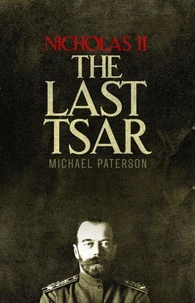The British monarchy may be over a thousand years old, but the House of Windsor dates only from 1917, when, in the middle of the First World War that was to see the demise of the major thrones of continental Europe, it rebranded itself from the distinctly Germanic Saxe-Coburg-Gotha to the homely and familiar Windsor. By redefining its loyalties to identify with its people and country rather than the princes, kings and emperors of Europe to whom it was related by birth and marriage, it set the monarchy on the path of adaptation, making itself relevant and allowing it to survive.
Since then, the fine line trodden by the House of Windsor between ancient and modern, grandeur and thrift, splendour and informality, remoteness and accessibility, and influence and neutrality has left it more secure and its appeal more universal today than ever.
The British monarchy may be over a thousand years old, but the House of Windsor dates only from 1917, when, in the middle of the First World War that was to see the demise of the major thrones of continental Europe, it rebranded itself from the distinctly Germanic Saxe-Coburg-Gotha to the homely and familiar Windsor. By redefining its loyalties to identify with its people and country rather than the princes, kings and emperors of Europe to whom it was related by birth and marriage, it set the monarchy on the path of adaptation, making itself relevant and allowing it to survive.
Since then, the fine line trodden by the House of Windsor between ancient and modern, grandeur and thrift, splendour and informality, remoteness and accessibility, and influence and neutrality has left it more secure and its appeal more universal today than ever.

 , qui est-ce ?
, qui est-ce ?